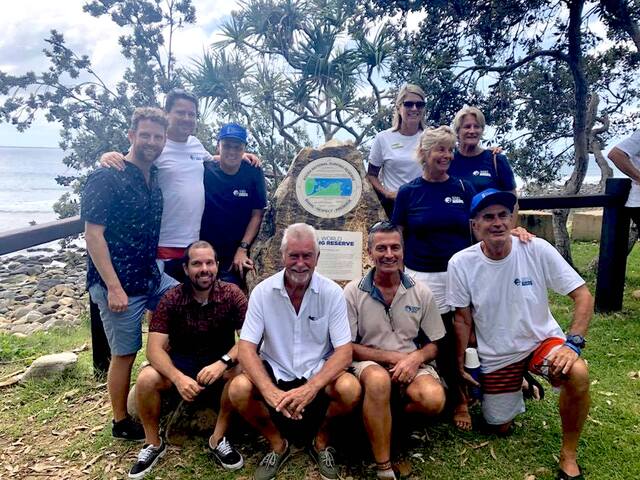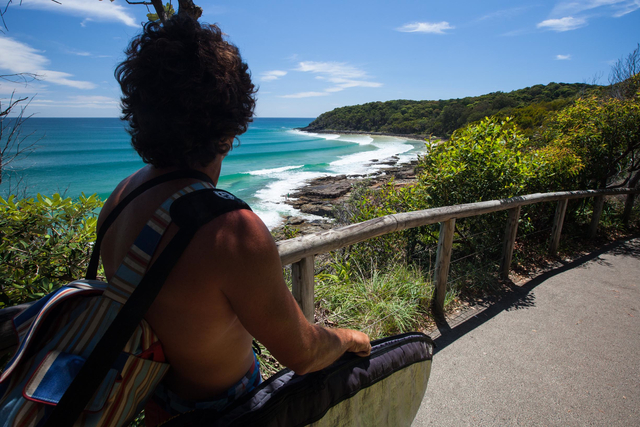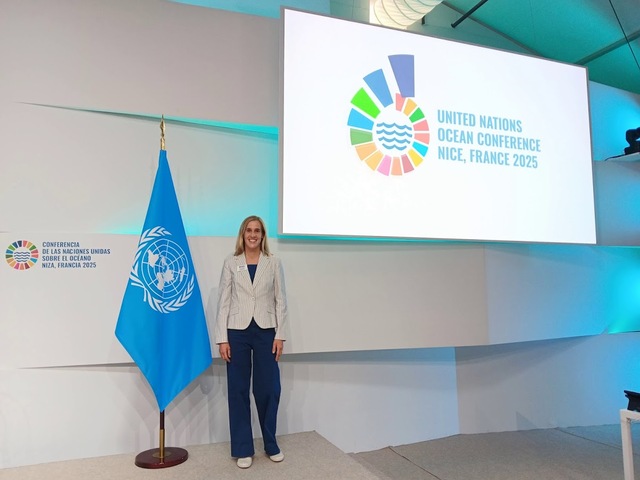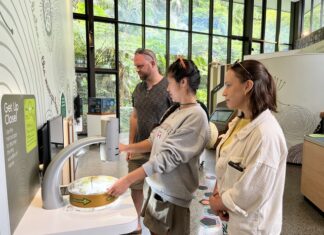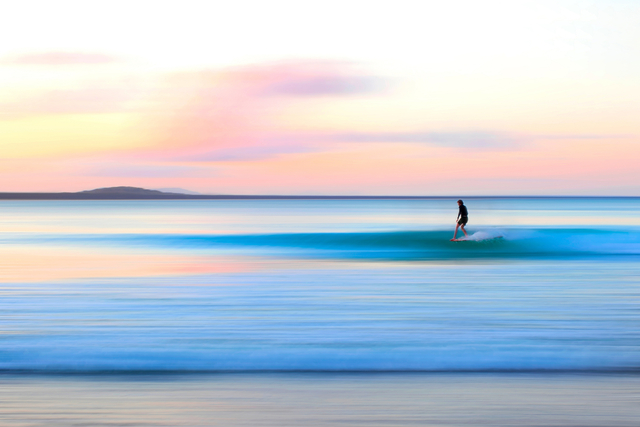
A senior academic researcher says that surfing contributes $3 billion annually to Australia’s economy, which made me feel extremely virtuous for playing my part, but only for a New York Minute (I’ll be ‘round for my beer and burger, boys) until I remembered that there are lies, damn lies, and then there are statistics, and when it comes to putting a monetary value on surfing, the old chestnut was never more true.
I hasten to add that none of the above is meant as criticism of the very worthy Dr Ana Manero, a Senior Research Fellow at the University of Western Australia who is leading a project to build a systematic understanding of surfing’s multiple values — economic, environmental, cultural, and social – and has presented the findings of her group recently to the United Nations Oceans Decade Conference in Nice on the Cote d’Azur, is currently researching on the Gold Coast World Surfing Reserve, learning from its cases how to extend the development of Western Australia’s first statewide guidelines for the sustainable management of surf breaks, and who will be a star turn at next February’s World Surfing Conservation Conference on the Gold Coast Campus of Southern Cross University, hosted by the Gold Coast WSR.
Phew! That’s a lot of spruiking. Says Ana: “Surfing is Australia’s second most practiced water-based board sport after swimming, contributing $3 billion annually to the national economy whilst helping participants improve their personal and social wellbeing. Despite all these benefits, surf breaks remain largely invisible to the planning frameworks that shape Australia’s shorelines. Without formal recognition and protection, surf breaks are vulnerable to irreversible impacts from coastal changes, such as erosion or new infrastructure.”
She continues: “Tourism and recreation make up 50 per cent of the global ocean-based economy. Sustainable surfing can play a major role in the blue economy, but we need to make sure that coastal development decisions support the long-term health of surfing ecosystems. It’s vital to recognise and measure the true benefits of surfing in dollar terms, so decision-makers realise it makes sense to invest in protecting Australia’s surf breaks.”
The group’s nationwide survey of 569 surfers asked participants how much they spent on domestic travel and how often they’d travelled to go surfing during the last 12 months, but also how much they spent on new boards, wetsuits and other surf-related accessories.
As Dr Manero told the ANU Reporter when the survey was released last year: “Our research shows adult surfers spend more than $3700 per person each year. Using data from the Australian Sports Commission, which shows there are more than 720,000 active adult Australian surfers, we found that surfing injects at least $2.71 billion into the economy each year. But this is a conservative figure at best because it doesn’t factor in overseas visitors who travel to Australia to go surfing or money generated through professional surfing.”
I first got involved in trying to prove surfing’s monetary worth a quarter of a century ago when I worked in Europe for Quiksilver, then the world’s largest surf company, and we were trying to get the European Union’s support in developing patrimony programs. It wasn’t a simple task then and it hadn’t got any easier a decade later when I led the stewardship committee of the Noosa World Surfing Reserve, and we had to convince the hotshots of Hastings Street, many of whom didn’t give a toss about wave quality or the natural environment, as long as there was enough sand on Main Beach to house a million potential customers and their cabanas, that there were sound fiscal reasons to protect our world class surf breaks.
But fortunately we had as an ally Jav the prof, otherwise known as Professor Javier Leon, keen adopted local surfer and a pioneer of the study of Surfonomics, as part of his broader academic fascination with the geography and sociology of the waves we surf. It’s an imprecise science, to be sure. I remember being astounded when Javier shared the findings of a major survey of people who surfed Noosa during swell events, and it revealed that most of them spent less than 10 bucks!
This number was mightily skewed, of course, by the huge number of locals in the sample, but it reminded me of ‘60s Noosa pioneer surfer Bob McTavish who lived in his car and held the fort by hollowing out a loaf of crusty bread and mashing three bananas into it, thereby making breakfast, lunch and dinner to be enjoyed between sessions on the points. Did he contribute to the local economy? Only his stoke, and that was enough.
And that’s kind of the point about all of this. It’s not about the money, it’s about protecting the asset, and if you need a financial reason to back that in, well it’s coming, trust me.
The call for papers/abstracts is now available for World Surfing Conservation Conference 2026 at wscc2026.com.au/call-for-abstracts/
The World Surfing Conservation Conference aims to bring together the best and brightest minds from around the world to address ocean conservation issues and concerns, as well as their impact on surfing ecosystems. Hosts the Gold Coast WSR has invited like-minded organisations and leading experts to present their findings and sustainable solutions for the many problems affecting beach and surf amenity during the four-day conference. February 23-26. Registrations to book tickets and attend the Conference will open at the end of July.


